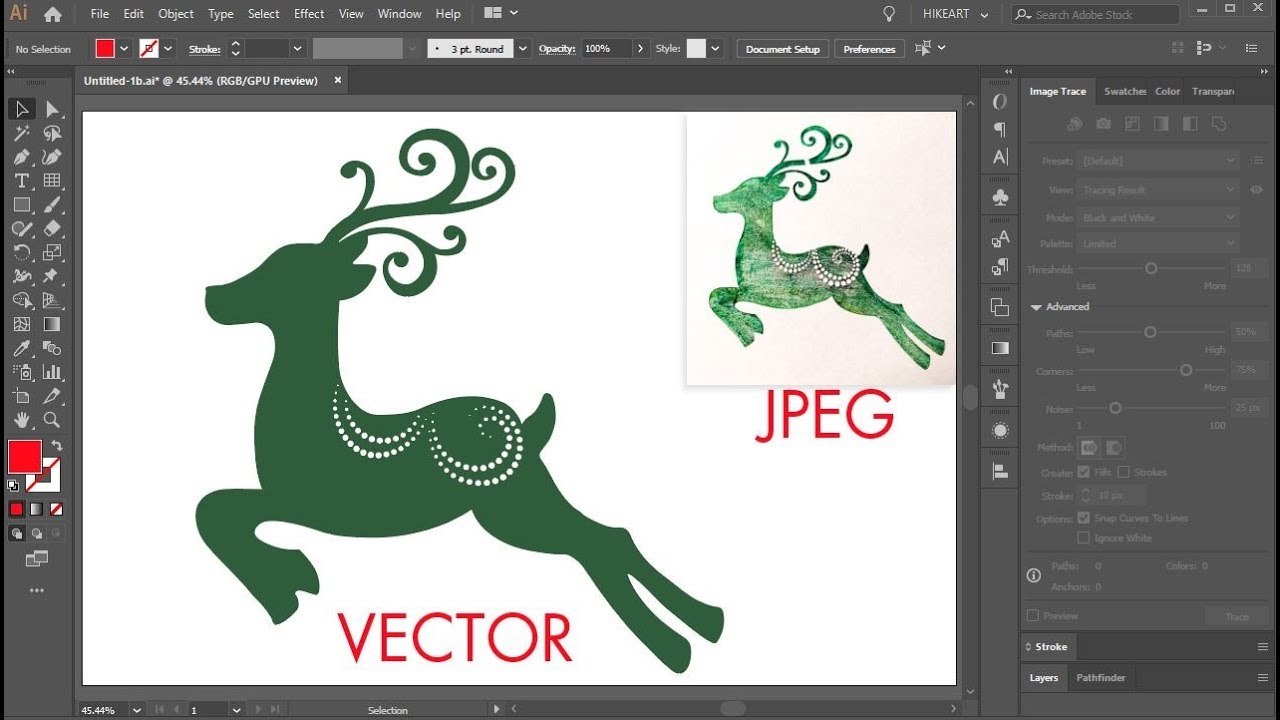

Online converting is the easiest and time-saving method for any kind of user. EPS to SVG Converting EPS to SVG through Online Converter In this article, we will teach you how easily EPS files can be converted to SVG. In this situation, there are different methods that the user can use to convert them. Sometimes there are situations where a user will require to convert their EPS file to SVG. Both have different pros and cons depending on the situation where they are used. In Word, right-click > "Size and Position." > "Size" > "Scale" > set "Height" and "Width" both to "10%", and you're set.EPS is programming or script-based and stands for Encapsulated PostScript file, whereas SVG stands for Scalar vector graphics. Multiply the "height" and "width" values by (e.g.) 10 and update the attributes accordingly.Īfter that change, when you import the SVG file in Word (or Inkscape), it'll appear 10x its original size.At the very top, find the "height", and "width" attributes (right next to "viewBox").

Open the SVG file in a text editor (e.g.Using Inkscape to scale up the original image's dimensions works well, of course, but I've found that scaling up the dimensions of an SVG image is actually even easier and faster to do in a simple text editor than a visual editor. In Word, scale the imported image back down to its intended dimensions.Scale the original image up (so that your minimum intended line thickness becomes more than 0.01" ≈ 0.26mm).Workaround for the "minimum line thickness" issue:

Now everything looks like I want it to, at the expense of having to explicitly set the image's height and width in Word. But after figuring out the above, I scaled them up by a goodly amount (1000% is a nice number and safely pushes my intended minimum line thickness above the magical 0.26mm threshold) and then back down in Word. Obviously, I had made my illustrations (.in Inkscape, too, by the way) the exact size I wanted them to be in my Word document. Luckily, this minimum thickness is set relative to the original image dimensions – so if the "original picture size" becomes larger, the minimum thickness becomes relatively less. So if the image is set to 100% height and width "relative to original picture size" in Word, lines in that image will have a minimum thickness of 1"/96dpi ≈ 0.01" ≈ 0.26mm in the exported PDF. I've played around with the problem, and to me it seems like Word's PDF export imposes a minimum line thickness of 1px at 96dpi relative to the original image dimensions on imported SVG images. I seem to have found a workaround that's not too painful.


 0 kommentar(er)
0 kommentar(er)
